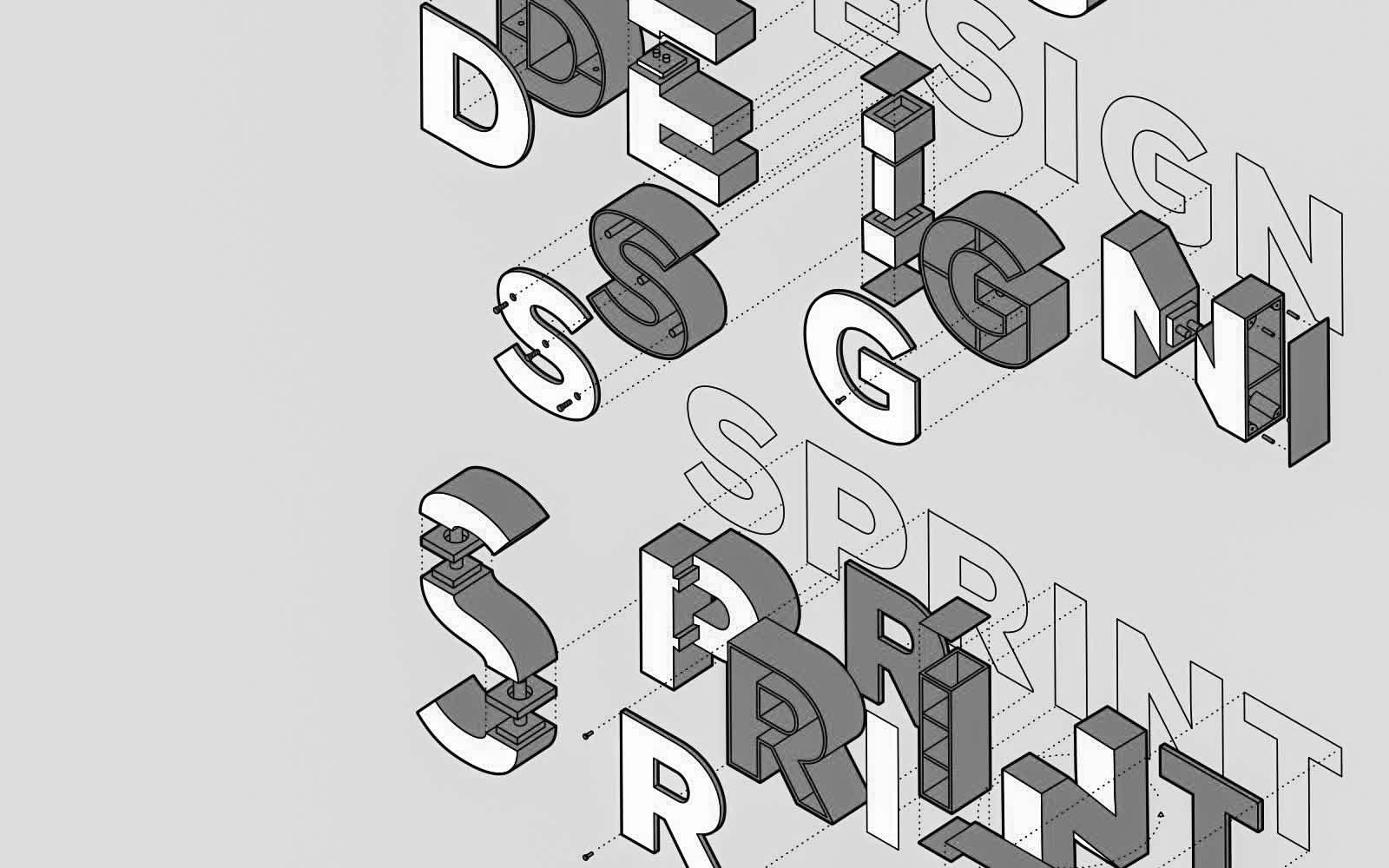This is the third part of Wunderdog’s Design Sprint e-book. Get the entire e-book as a pdf here.
Part 3: When is a Design Sprint not a good option?
Even though the Design Sprint approach is versatile and suitable for many things, there are also situations where other methods will yield better results. These are some examples:
1. The idea, product, service or operating model functions well and creates sales
TYou have a concept that has already been validated, a product that sells well or a well-established operating model that works. There’s no need to question everything or re-think the mode of operation.
2. The subject area is too narrowly or strictly definied
If the question has been framed too narrowly or you hope to create a prototype of an idea without challenging it, Design Sprint is not a suitable approach. Pantone can use more traditional approaches to find next year’s colours, and beverage manufacturers will find it easier to use test samples and new packages to test new beverages, and for an online store a traditional A/B testing is the process to test whether green of blue “shop now” button drives better conversion.
3. Your organisation just wants to cut product development costs
The purpose of a Design Sprint is not really to offer a cheaper alternative to carrying out extensive product development or user research. When the challenge is about developing an already existing product further, it’s easy to set your expectations too high. In these cases, it’s especially important to talk with stakeholders about what your approach is best suited for.
This is most likely the case when you are trying to find a new direction for a product or a business model, or something new is sought for a specific product such as new user groups, channels or payment methods. Of course, the border between product development and product reform is vague at best, and sometimes it’s possible to apply the sprint approach to, for example, validating potential new features for your product.
4. Your company has no will or cpacity to change direction
It’s not uncommon that an organization has passionate discussions about reform, but in practice, there is too much resistance to change or resources are simply insufficient. This is natural. The best thing to do is usually admitting the fact that you’re not ready yet.
As usual, there are exceptions: if the environment is resistant to change, the objective of the Design Sprint can be set in an alternative future. This may provide new perspectives and offer a good basis for discussing future prospects. You won’t need to implement everything at once. A Sprint can offer a quick dip into agile development: it can provide a framework that enables a traditional company to learn new methods. If, after a few years, the time comes for the results to be put to practice, you should review the new operating environment and consider carrying out another sprint.
If the Design Sprint is not the best way to move forward, you can usually continue product development through more familiar and traditional methods. Wunderdog is a software development company and, we are happy to help you with developing established products.
Any ideas you have about moving forward, we’d love to give you an honest opinion. Let’s talk!
One meeting is usually enough for our digital service and service design experts to find out the best way for you to move forward.
